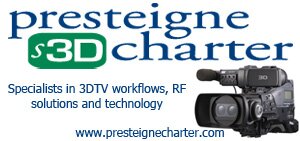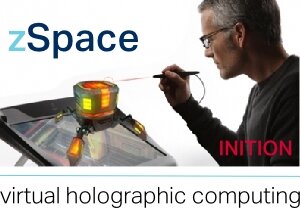America’s first glasses free 3D network almost completed
Public signage company Travel Plaza TV is nearing the completion of rolling out 350 glasses free 3D screens across its network of service stations
Travel Plaza TV, a company that provides advertising services and opportunities to the traveling public in travel plazas (known as service stations in the UK) commenced its 3D advertising network plan in January and now more than 23 million customers wanting a gas refill, Big Mac or magazine to make the journey go quicker, will be able to watch 3D advertising in 350 locations in the Pilot Flying J network. Pilot Flying J is the largest operator of travel plazas in North America.
"This 3D experience, without glasses, is revolutionary. Customers will be amazed at what they are seeing and advertisers will reap the benefits. 3D is the future, and of course our system will display 2D content as well," said Bill Botte, senior executive vice-president of Travel Plaza TV. Deployment of the specialised 3D screens at over 400 travel plazas across the U.S. will be completed by the end of June.
"The driver recruiting industry has been looking for an innovative, digital replacement for print advertisements for decades. The 'reach out and touch' digital technology is going to give advertisers and recruiters a unique edge," said Ralph Head, board member and 30-year industry expert.
The company told 3D Focus that they added lenticular panels to existing 46” and 32” displays and will be having a meeting in Las Vegas soon to discuss the possibility of screening 3D movie trailers. The current content consists of adverts, mainly converted from 2D.
3D digital signage is expected to be a big industry. Recent reports suggested 3D outdoor advertising will create more than 10 billion yuan (US$1.6 billion) in business in China over the next three years.
For more information visit travelplazatv.com

FREE WEEKLY 3D NEWS BULLETIN –




















Pingback: America’s first glasses free 3D network almost completed | from 3D Focus « 423 Digital, Inc.
Pingback: Exceptional 3D boss defends glasses free 3D technology | 3D News from 3D Focus